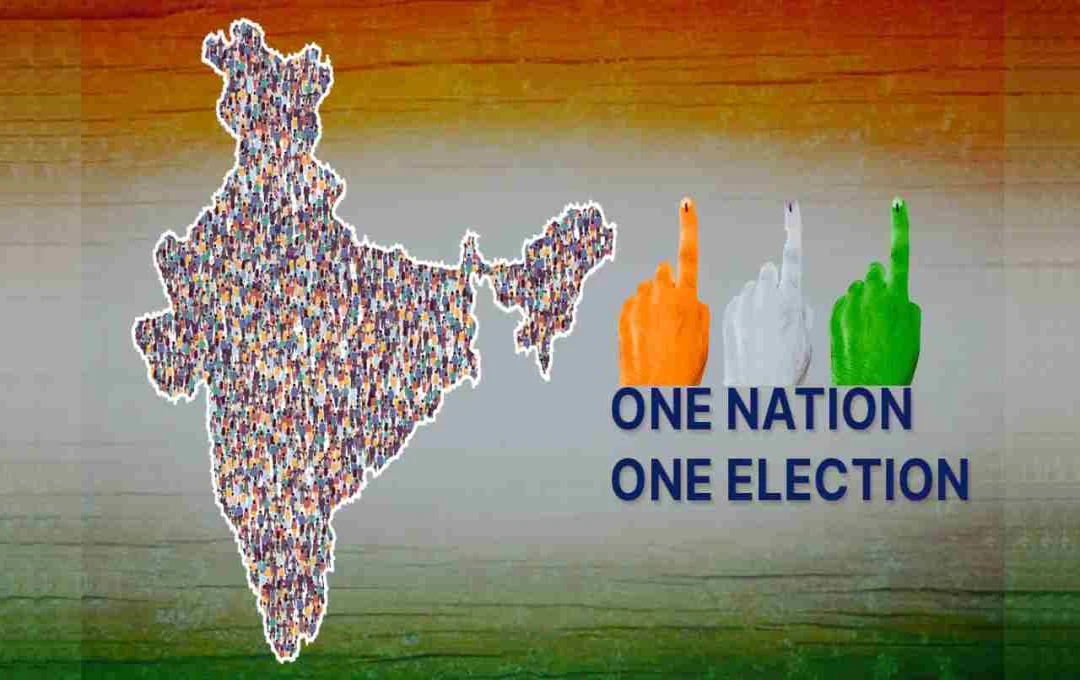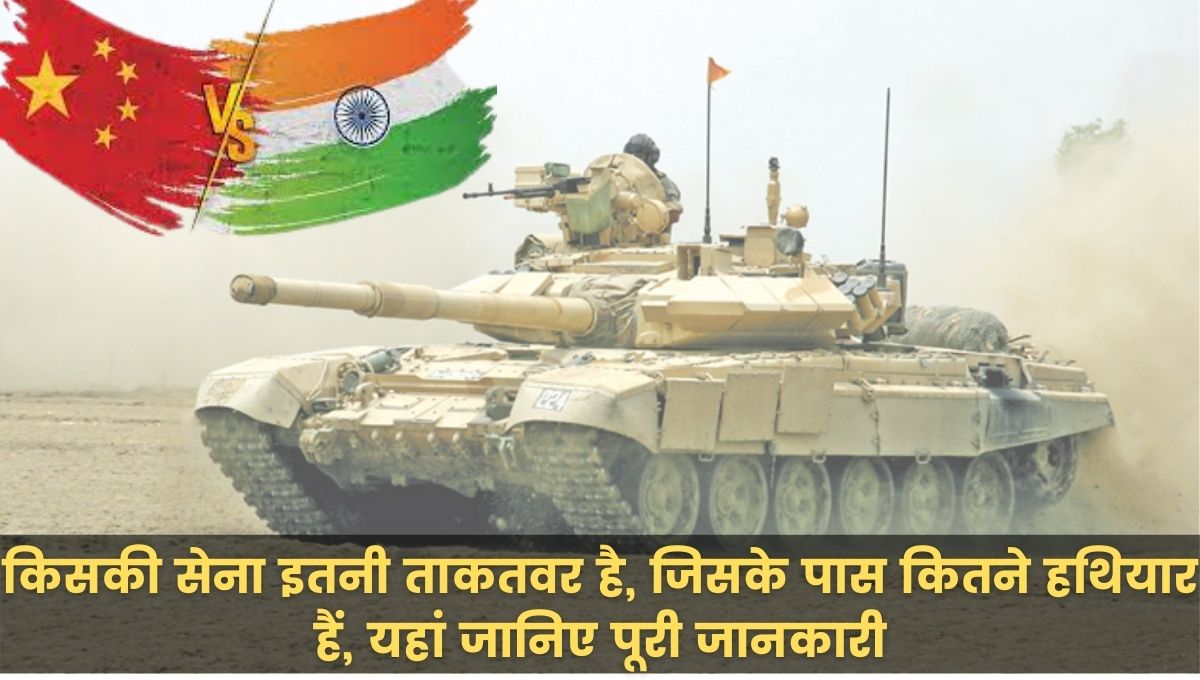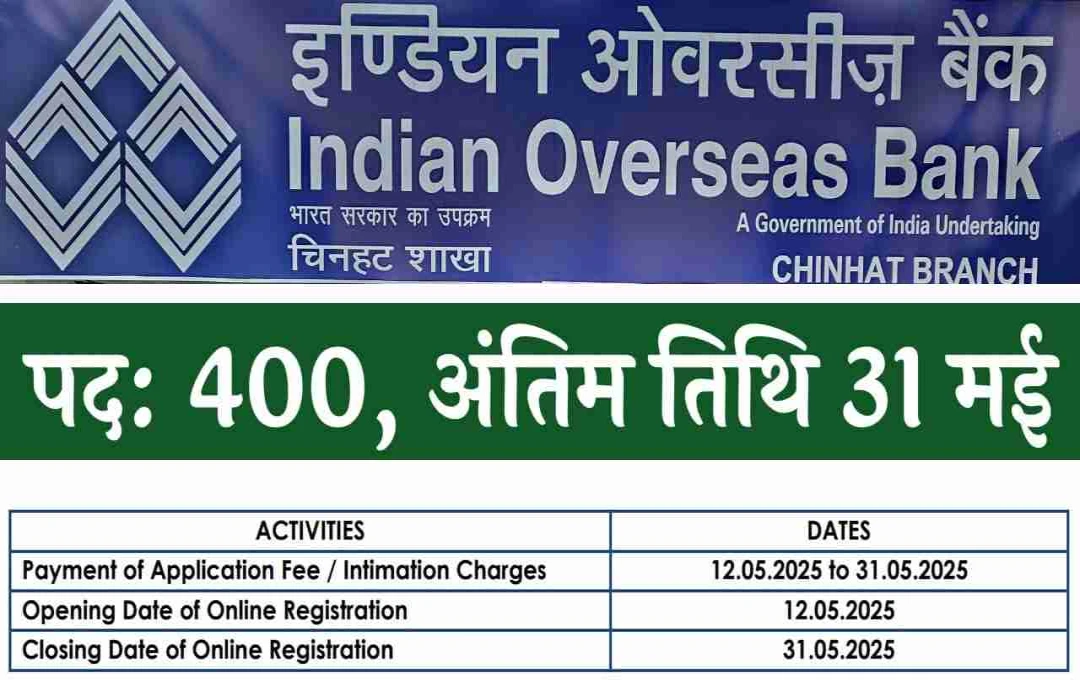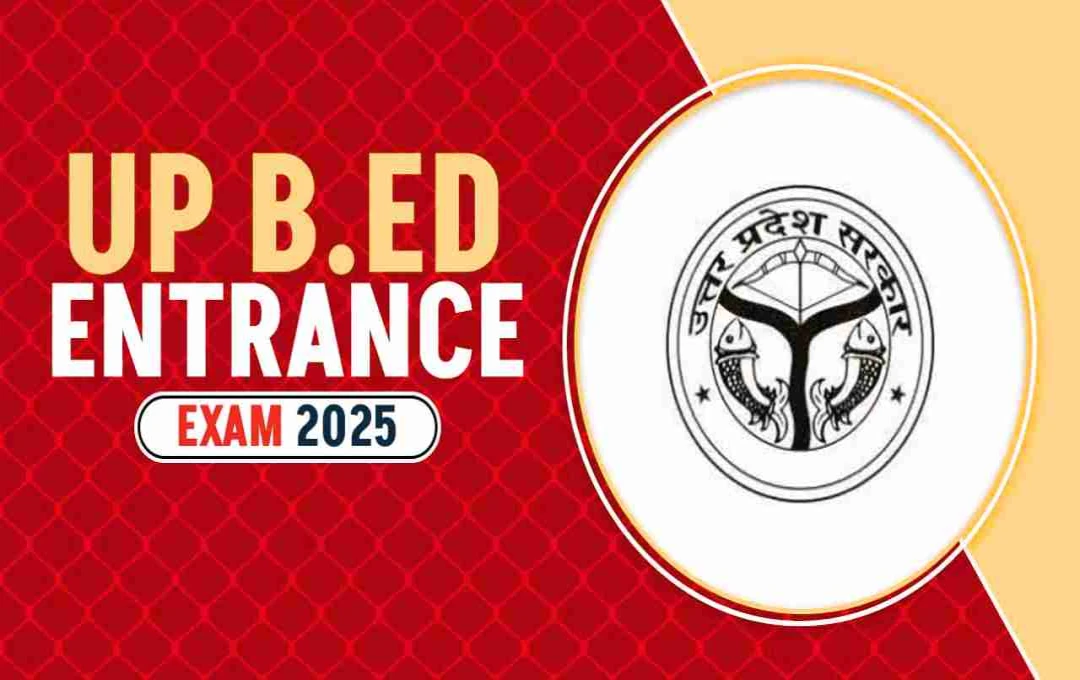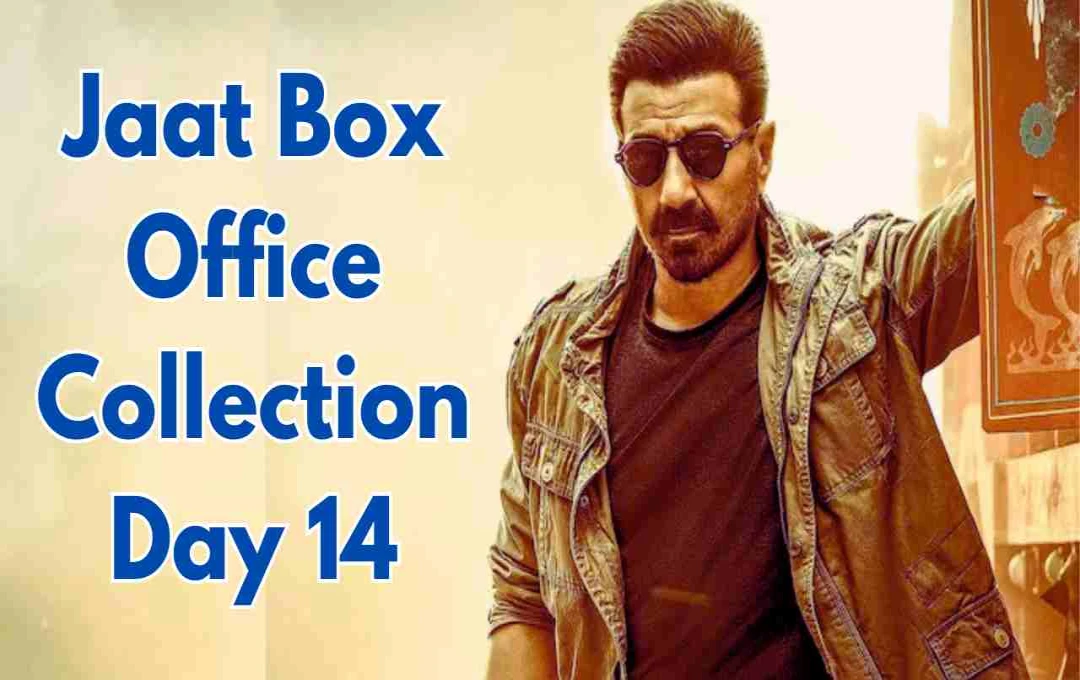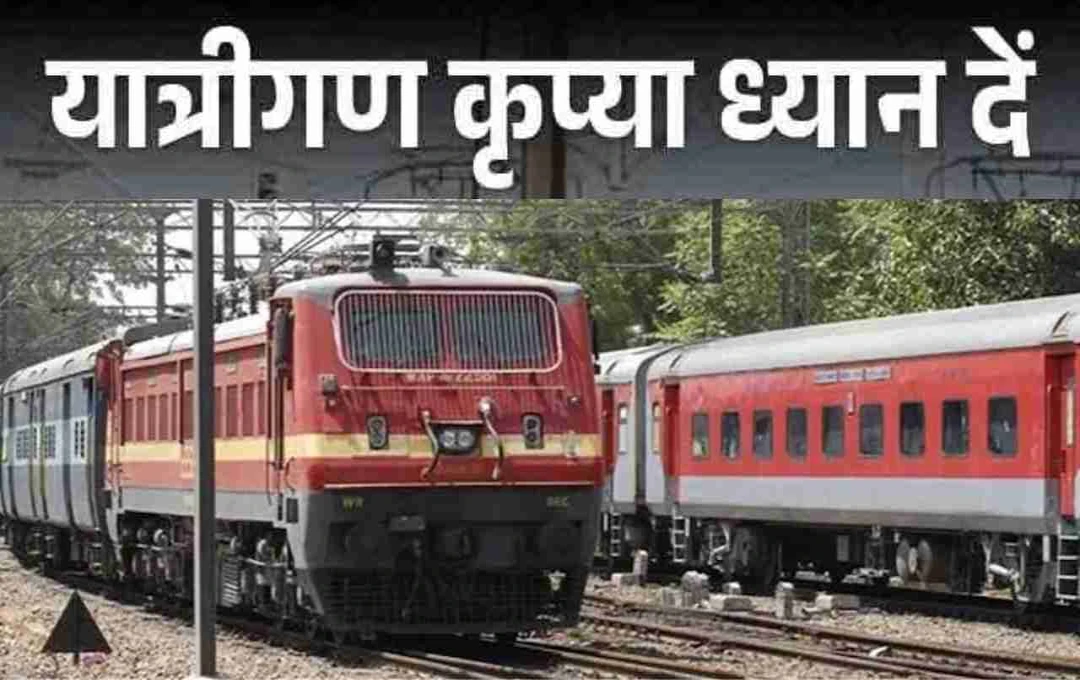Discussions regarding the simultaneous conduct of Lok Sabha and Vidhan Sabha elections in India have been ongoing for a considerable period. In this context, a report from the Election Commission of India (ECI) has emerged, indicating a significant requirement for electronic voting machines (EVMs) if such simultaneous elections were to be held in 2029.
One Nation One Election: The concept of "One Nation, One Election" has been a subject of discussion in India for a long time. Serious deliberations on this issue have now commenced, and the ECI has begun preparations. The ECI recently informed a parliamentary committee about the extensive logistical and financial implications of holding simultaneous Lok Sabha and all state assembly elections in 2029.
₹5300 Crore Cost, Millions of New Machines Needed
According to the ECI, conducting simultaneous elections would require approximately 4.8 million balloting units (BU), 3.5 million control units (CU), and 3.4 million VVPAT machines. The estimated cost of procuring these machines alone exceeds ₹5,300 crore. This excludes the budget required for logistics, staffing, training, and security.
Currently, the commission possesses around 3 million BUs, 2.2 million CUs, and 2.4 million VVPATs. However, a significant number of these machines were purchased in 2013-14 and will reach the end of their average 15-year lifespan by 2029. This will render approximately 350,000 BUs and 125,000 CUs obsolete, necessitating their replacement.

Furthermore, the ECI anticipates a potential 15% increase in polling stations in 2029 compared to 2024. There were 1.053 million polling stations in 2024; this number could rise to approximately 1.21 million in 2029. Each polling station requires two EVM sets, along with a reserve stock of 70% BU, 25% CU, and 35% VVPAT.
Machine Supply and Technological Upgrades Pose Challenges
The supply of EVMs and VVPATs presents a major challenge. Even during the 2024 Lok Sabha elections, the ECI faced disruptions in semiconductor supply, impacting machine production. Therefore, the commission aims to secure and stockpile these machines well in advance of 2029.
The commission must also consider potential technological upgrades to EVMs. Currently, the country uses the M3 version of EVMs, but future enhancements in capacity and security might be necessary.
Additional Warehouses Needed for EVM-VVPAT Storage
Simply having the machines is insufficient for simultaneous elections; secure storage is also crucial. Several states, including Andhra Pradesh, Arunachal Pradesh, Odisha, and Sikkim, currently lack permanent storage facilities. Therefore, the central government would need to invest in warehouse construction for these states.
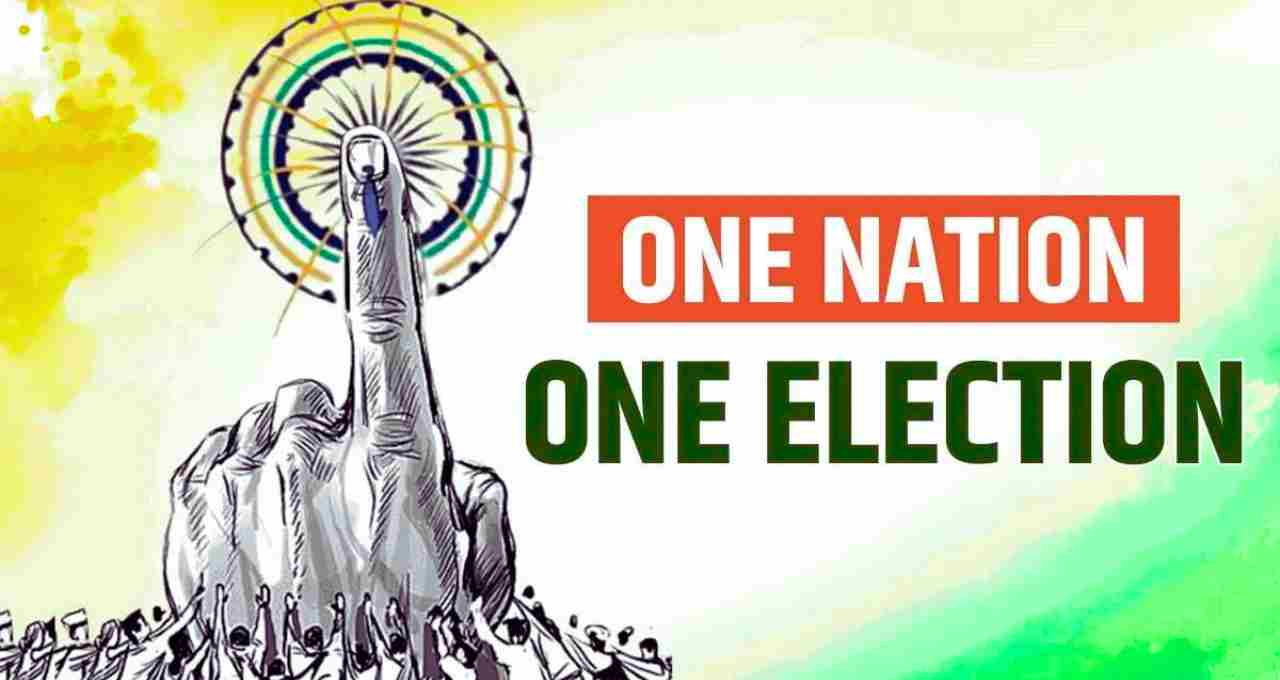
Deploying and training personnel for over 1.2 million polling stations represents a significant undertaking. Election staff require training on machine operation, typically commencing six months before Lok Sabha elections and four months before assembly elections.
Additionally, engineers from manufacturing companies are needed for initial machine inspection. Robust security measures, including deployment of central and state forces, would be necessary to monitor warehouses and polling booths.
Will Costs Reduce?
The parliamentary committee inquired about potential cost savings from simultaneous elections. The ECI argues that while the initial machine procurement cost is substantial, long-term logistical and administrative expenses might be lower compared to frequent elections. It was also argued that this could lead to a more streamlined, transparent, and efficient electoral process.
